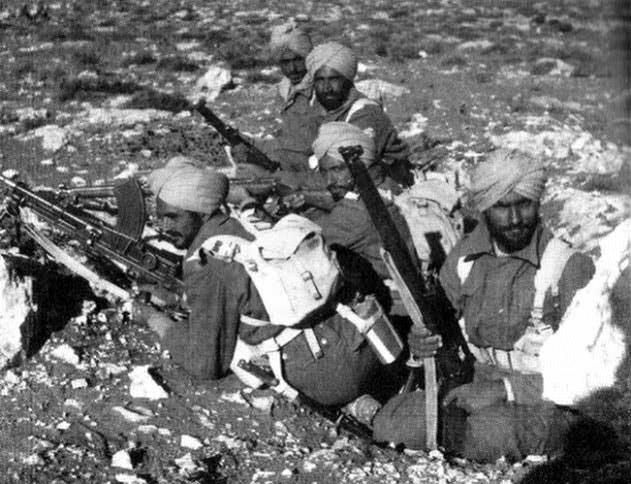By Alex Jesus (Contributor) – Email
Print Edition: November 12, 2014

UFV instructor Prabhjot Parmar gave a lecture titled “Dark Skinned Warriors: India and the Great War” on November 5 in B101 as part of UFV’s Research Lecture Series. The lecture was given alongside a slideshow of images that mapped out what it may have been like to be an Indian youth thrust into the Great War.
In August 1914, Britain joined the Great War. Almost all of Europe and parts of Asia were plunged into a new kind of warfare that would shake the foundation of history, and end with well over 35 million casualties. During this initial mobilizing period, the British Empire called upon its colonies and territories to rise up and aid it in the defeat of Germany and the central powers. One of the largest of these colonies was India, Parmar explained.
There were vast recruitment drives across the colonies pressuring people to fight for the Empire. A large number of these were held in Punjab, specifically in the rural regions where many people agreed to fight. India had a substantial army already, which prompted Britain to send its British-Indian army to Europe.
“During the First World War, close to one and a quarter million Indians took part in the war as soldiers or non-combatants,” she said. These soldiers were positioned primarily in France and what is modern day Iraq and Syria (Mesopotamia). Their contribution not only enforced the fighting in France, but also played nothing short of a primary role in the battles of the east.
It is also important to note that a large number of soldiers who fought and died came from Pakistani Punjab, many of whom were Muslim.
“Punjab became a home front from which the British Empire could recruit soldiers,” Parmar said. When the Imperial Indian contingents first marched the streets of Marseilles in France, there was a lot of interest and intrigue as to who they were.
“Some of them had never seen Sikhs, some of them had never seen Indians, and some of the men, not all of them, were very handsome … so women showed great interest,” she added. This was of concern to administrators, who feared miscegenation.
The first Indian troops arrived in Marseilles on September 25 and were welcomed by the local people. A postcard of the times with a picture of fifteen Sikh troops read: “Gentlemen of India, marching to chase German hooligans.” It is evident that the presence of Indian soldiers coming to the aid of the French in Marseilles was considered a blessing, and the interactions between the soldiers and the locals were said to be good and of good spirit. One particularly resonant story was that of a young Indian soldier who was staying with a family in France; he eventually had to leave to fight. and when he did so the woman living there howled and cried in his departure.
It’s important to remember that it wasn’t only Canadians, but many people around the world who gave their lives for us in the name of peace.


